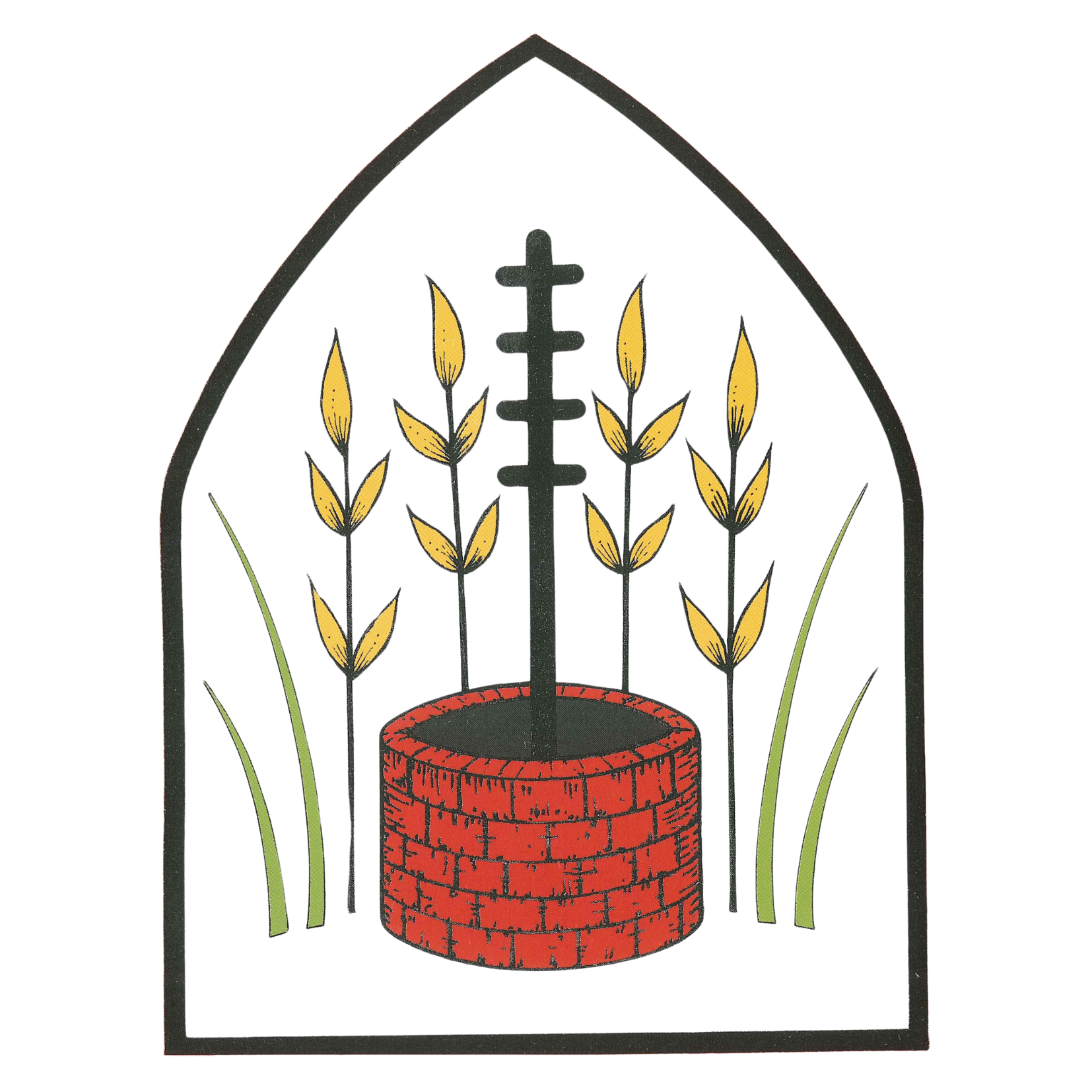Phonics
Phonics and Early Reading
What is Phonics?
Phonics is making connections between the sounds of our spoken words and the letters that are used to write them down.
We ensure all children follow the systematic and rigorous teaching of daily phonics, using Little Wandle Letters and Sounds Revised. These 10-30 minute sessions are planned and resourced using the Little Wandle’s Letters and Sounds Revised programme.
We assess children every six weeks to check progress. Any child who needs extra support has daily keep-up sessions planned for them.
| Helpful definitions: |
|---|
|
|
|
|
|
|
|
How do we teach early reading in books?
As well as Phonics teaching, as part of Early Reading practice, children are exposed to their phonetically decodable book through 2-3 x weekly guided reading sessions. The book used are the connected Big Cat Phonics for Little Wandle Letters and Sounds Revised.
Reading practice sessions are:
- timetabled three times a week
- taught by a trained teacher/teaching assistant
- taught in small groups.
The children read the same book three times in a week. The first time we work on decoding (sounding out) the words, the second time we work on prosody which is reading with expression – making the book sound more interesting with our story-teller voice or our David Attenborough voice – and the third time we look at comprehension. We read the books three times at school because we want to develop the fluency. The more they see words the more they begin to read them automatically without having to sound them out.
Reading at home is expected 5 x weekly and reading records are checked each week. Reading books at this stage are consistent with their assessed phonic stage. Children working through the Little Wandle Letters and Sounds are given the book they read at school during their guided reading sessions. Children are also encouraged to take home a ‘reading for pleasure’ book which can be shared with parents. This book allows other reading strategies to be employed and children are exposed to a greater range of vocabulary and genres. It also serves to meet their interests and preferences. Time is made in school for those children who are unable to have the relevant support at home to allow them to achieve this.
Reading a book at the right level
This means that the child should:
- Know all the sounds and tricky words in their phonics book well
- Read many of the words by silent blending (in their head) – their reading will be automatic
- Only need to stop and sound out about 5% of the words by the time they bring the book home – but they should be able to do this on their own.
For those children in Year 2 who did not pass the phonics screening test in Year 1 or who are not yet reading fluently at Phase 5 Set 5, additional, small group interventions take place.
Please click here for further information.
Please click here for further information on Little Wandle letters and sounds.







